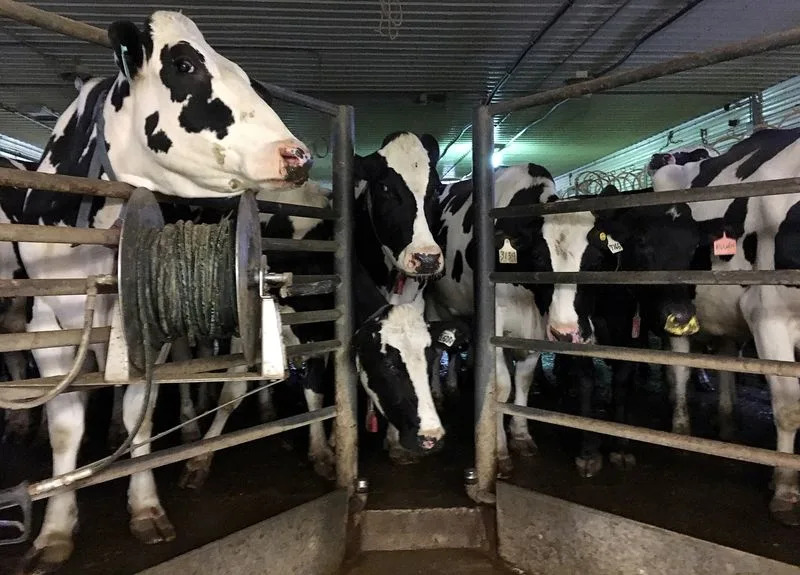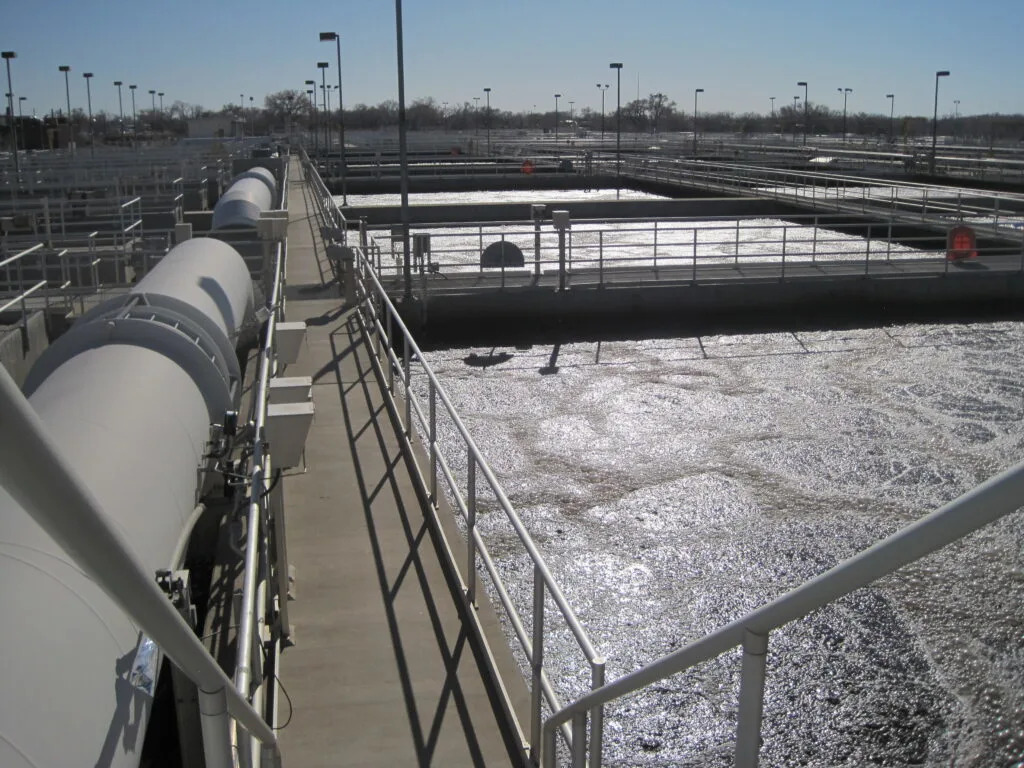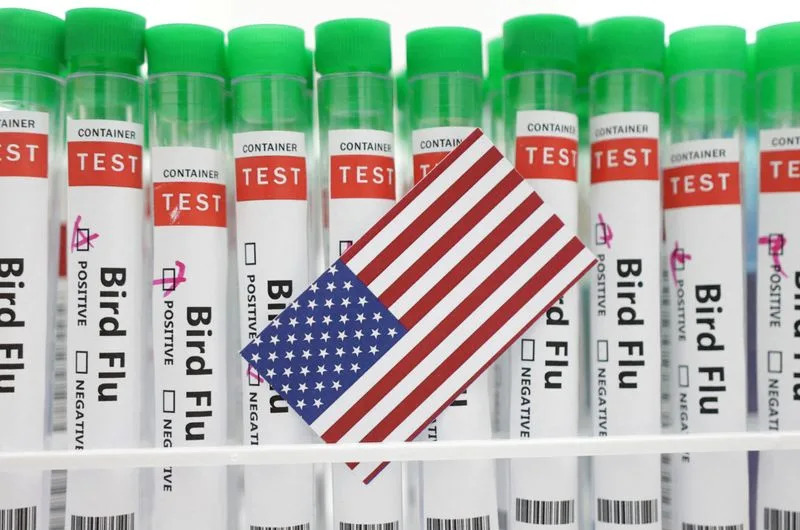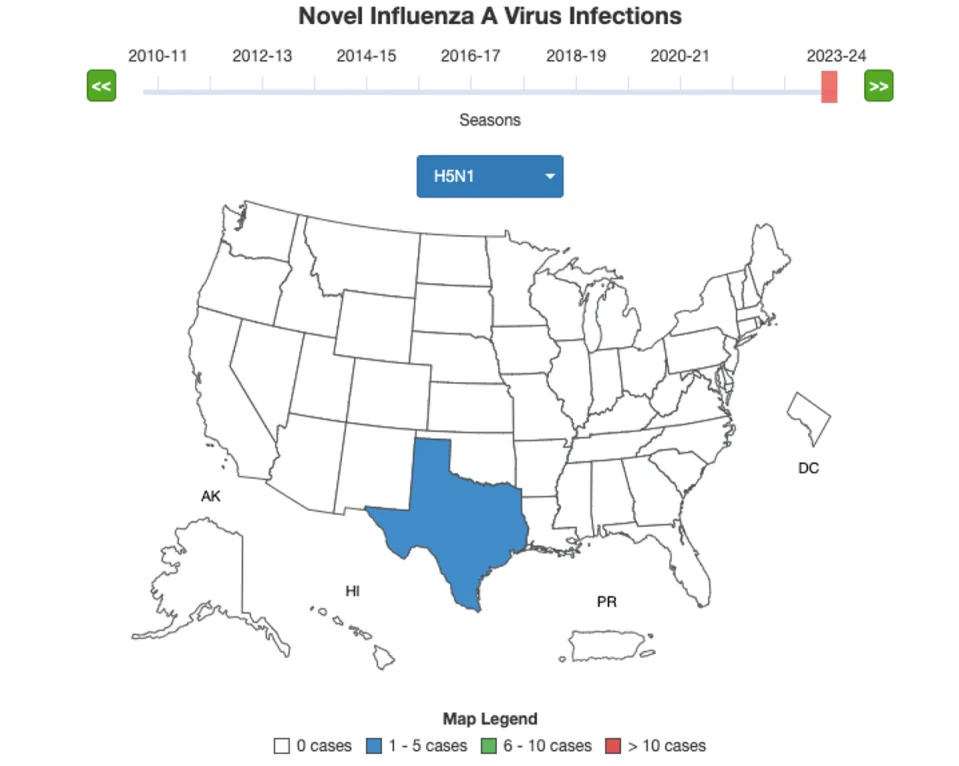UK
Gaza protest relocates outside graduation hall
Shivani Chaudhari & PA Media -
BBC News, Cambridgeshire
Wed, May 15, 2024

Palestinian flags were draped from the Grade II listed urn in the centre of the lawn [PA Media]
A protest at the University of Cambridge against the war in Gaza has spread to the lawn where graduation ceremonies are due to take place this weekend.
Demonstrators set up camp outside King's College last week but are now outside Senate House, where students have graduated since the 18th Century.
Ceremonies are planned for Friday and Saturday.
The university said it supported "protest within the law" and said it was happy to "engage" with students.
Palestinian flags were draped from the Grade II listed urn in the centre of the lawn.
A white sheet was fixed below it which read "welcome to liberated zone" and a "please keep off the grass" sign was modified so it read "please keep off Palestine".
A banner was taped to the doors of Senate House which read "Refaat's house".
The writer and literary scholar Refaat Alareer, a former student of University College London, was killed in an air strike in Gaza City in December.

The University of Cambridge said it was committed to freedom of speech [PA Media]
Prof Bhaskar Vira, pro-vice-chancellor for education at the university, said in a statement that it had been in "ongoing contact" with students impacted by the "tragic events in Gaza and Palestine".
"We have been extremely clear that we would be happy to talk with our students and engage with them," he said.
"To date we have received only anonymous emails.
"We remain ready for constructive engagement with our students, but it is impossible to have a conversation with an anonymous group."
He added: "We support freedom of speech and protest within the law."
A Cambridge student, who did not wish to be named, said last week that protesters were demanding the university "disclose all of its research collaborations and financial ties with companies and institutions complicit in Israel's genocide and then to divest from these".
"We will be staying here until our demands are met,"
Pro-Palestine protesters take over LSE building
Cameron Henderson
Tue, May 14, 2024

Pro-Palestinian students take part in a demonstration at the London School of Economics - Ray Tang/Anadolu via Getty
Pro-Palestine campus protests have spread to the London School of Economics as students set up camp inside a university building.
Protesters set up a camp at the LSE as students attempt to replicate the occupations that have swept through US campuses.
Demonstrators at LSE have added to a growing number of tent camps protesting against the war in Gaza, which have been seen at universities including Oxford, Cambridge, SOAS, Manchester, Newcastle, Sheffield, Leeds, Warwick, Swansea and Bristol.
Footage shows protesters clearing chairs and hastily pitching tents inside what appears to be a university assembly hall before being led in pro-Palestine chants.
Elsewhere, hundreds of protesters, many wearing keffiyehs and Palestinian flags, can be seen parading the streets next to the LSE campus while chanting songs including “from the river to the sea” – a phrase widely viewed as calling for the eradication of Israel.

Student protesters from the LSE enter the Marshall Building at their university - Hesther Ng/Story Picture Agency
The group behind the protests appears to be the London School of Economics Student Union Palestine Society, which posted on social media inviting protesters to attend a “press conference and rally” on Tuesday to launch a report urging for divestment from Israel.
Called Assets in Apartheid, the 116-page report accuses LSE of having £89 million of investments in companies involved in activities including supporting the Israeli military, arms manufacture and nuclear weapons production.
In one video, demonstrators, many of whom are holding banners with messages including “London School of Exploitation” and “LSE divest”, gathered around a speaker who said the report outlined the “egregious complicity of this bloody university in the genocide of the Palestinian people”.

LSE students join the wave of occupation and encampment in their university campus - Hesther Ng/Story Picture Agency
There has been growing concern that the camps at UK universities could lead to scenes of violence similar to those seen in the US, where thousands were arrested and riot police stormed campuses such as Columbia.
LSE is partnered with Columbia, and its former vice-chancellor Minouche Shafik, is now president of the US university.
She was condemned by LSE’s Palestinian Society, who issued a statement in solidarity with Columbia protesters and accused Ms Shafik of dolling out “draconian punishment” against US demonstrators.

A speaker for the students accuses the LSE of 'egregious complicity in genocide' - Ray Tang/Anadolu via Getty
An LSE spokesman said: “Following a rally on the LSE campus, some protesters entered and occupied part of the ground floor of the LSE Marshall Building, highlighting a range of demands relating to investments.
“We will carefully consider the report submitted by the protest group and respond in due course. We will also continue to engage in a peaceful dialogue.
“Our priority continues to be the wellbeing of the LSE community. Exams, which take place in other areas of campus, will not be affected by the protest.”
Students occupy London university building over Gaza
Wendy Hurrell, James W Kelly & Adriana Elgueta
- BBC News
Tue, May 14, 2024
Students have occupied a building at the London School of Economics (LSE) to protest against what they say are the university’s ties with Israel.
The pro-Palestinian activists are calling for the central London university to cut financial ties with the country over its conduct in its war against Hamas in Gaza.
Protest encampments have sprung up at university campuses across the UK, US and European countries calling for an end to the war.
A university spokesperson told BBC News its priority continued to be the "wellbeing of the LSE community”.
The activists began their occupation of the Marshall Building, which contains the departments of accounting, finance and management on its Holborn campus, shortly after holding a rally outside on Monday afternoon.
Ethan Chua, LSE Student’s Union Palestine Society Member, said the students wanted to disrupt university operations until they met their demands which also include divestment from fossil fuel companies.
He added students at the university had earlier presented a report that they say details links between LSE and “egregious activities” in Israel.
“Our main message to LSE management is a call for divestment because we refuse to keep going to a university that is materially complicit in the destruction of our planet and the death of Palestinians,” he added.
Throughout the conflict the Israeli government has maintained it has worked to minimise civilian casualties in its operations in Gaza.

Student Ethan Chua called for the LSE to cut ties with Israel [BBC]
While footage of the beginning of the occupation showed hundreds of protestors gathered inside the Marshall Building, Mr Chua said this had now reduced to about 50 and that they intend to remain until their demands were met.
He added they had come to an agreement with the campus’ security team to allow students with ID to maintain access to the building during the demonstration.
An LSE spokesperson said: “Following a rally on the LSE campus, some protestors entered and occupied part of the ground floor of the LSE Marshall Building, highlighting a range of demands relating to investments.
"We will carefully consider the report submitted by the protest group and respond in due course. We will also continue to engage in a peaceful dialogue."
They added exams due to take place in other buildings on the campus remain unaffected by the protest.

Earlier the students held a rally and gave speeches [BBC]
Meanwhile, students at The School of Oriental and African Studies (SOAS) are calling for their university to cut associations with businesses that fund military weapons as well as sever ties with Haifa University in Israel.
A spokesperson for SOAS said protests could take place "as long as it remains peaceful" and it was "committed to divesting" from any company that "breaks the principles of its ethical investment policy".
The SOAS Jewish Society said in a social media post that it stood "shoulder to shoulder with our classmates and colleagues at the SOAS Liberated Zone for Gaza".
Edward Isaacs, the Union of Jewish Students' president, said: "When the speech becomes unlawful and when there is an environment on campus which becomes toxic and hateful for Jewish students, then that [should be] stamped out because Jewish students deserve to be able to study safely and feel included on campus.”


















